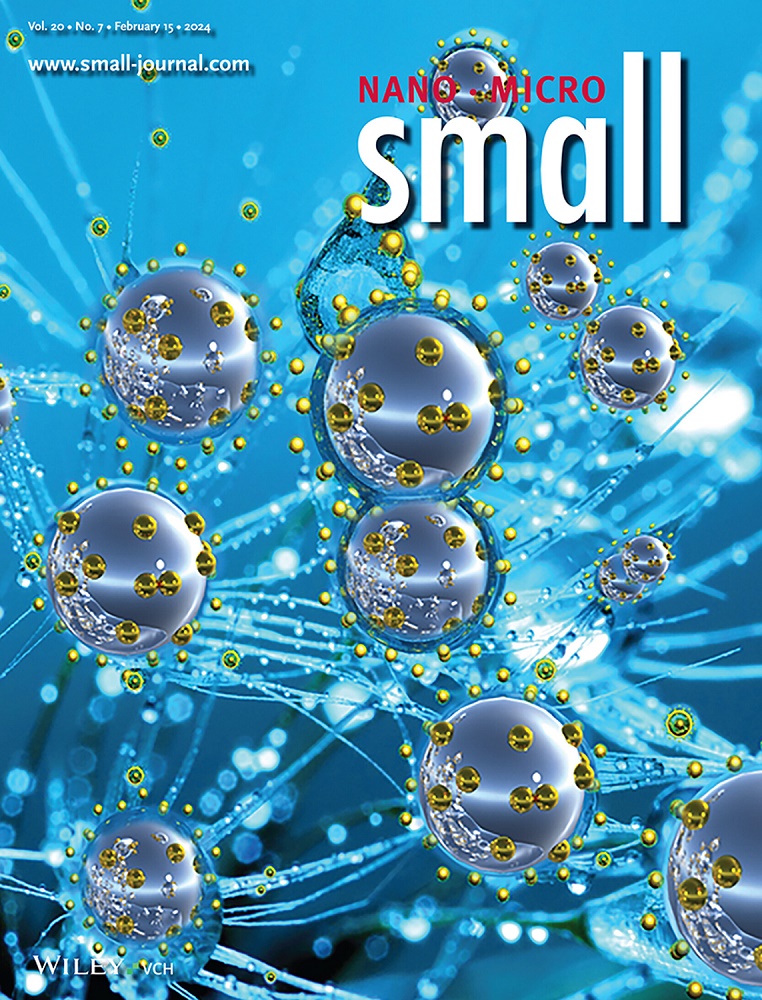高压电解质中氟对LNMO bb| SiGr电池化学的重要性
IF 13
2区 材料科学
Q1 CHEMISTRY, MULTIDISCIPLINARY
引用次数: 0
摘要
锂镍锰氧化物(LNMO)和硅/石墨(SiGr)由于LNMO相对于Li|Li+具有较高的工作电位和硅的高比放电容量,是很有前途的高压锂离子电池活性材料。然而,这种电池化学表现出快速的容量衰减,主要归因于4.9 V高工作电压下电解质的分解。本文介绍了一种含六氟磷酸锂作为导电盐的氟化电解质,以及氟碳酸乙烯和(2,2,2 -三氟乙基)碳酸甲酯作为电解质溶剂。使用互补的电化学、光谱和安全相关技术分析了所选溶剂对间相形成和恒流循环性能的影响。氟化溶剂的存在使得电解质的氧化稳定性高,高达5.0 V,相对于Li|Li+和有效的间相形成。与使用无氟电解质的电池相比,恒流循环性能有了相当大的改善,可实现的循环寿命翻了一番。在使用非氟化溶剂的电解质中观察到的翻转失效可以有效地抑制超过300次循环,并且使用氟化溶剂的电解质配方是不易燃的。此外,通过微调电解质配方,可以降低乙酰胆碱酯酶抑制的程度,这是老化电解质物质毒性的一个指标。本文章由计算机程序翻译,如有差异,请以英文原文为准。
Importance of Fluorine in High Voltage Electrolytes for LNMO||SiGr Cell Chemistry
Lithium nickel manganese oxide (LNMO) and silicon/graphite (SiGr) are promising active materials for high voltage lithium ion batteries attributed to the high operating potential versus Li|Li+ of LNMO and the high specific discharge capacity of silicon. However, this cell chemistry exhibits rapid capacity fading, primarily attributed to electrolyte decomposition at the high operating voltage of 4.9 V. Here, a fluorinated electrolyte containing lithium hexafluorophosphate as conducting salt, as well as fluoroethylene carbonate and methyl (2,2,2‐trifluoroethyl) carbonate as electrolyte solvents is introduced. The influence of the selected solvents on the interphase formation and galvanostatic cycling performance is analyzed using complementary electrochemical, spectroscopic, and safety‐related techniques. The presence of fluorinated solvents enables a high oxidative stability of an electrolyte up to 5.0 V versus Li|Li+ and effective interphase formation. In comparison to cells with non‐fluorinated electrolytes, the galvanostatic cycling performance demonstrates a considerable improvement, leading to a doubling of the achievable cycle life. Roll‐over failure observed in the electrolyte with non‐fluorinated solvents could be effectively suppressed for over 300 cycles and the resulting electrolyte formulation with fluorinated solvents is non‐flammable. Additionally, by fine‐tuning the electrolyte formulation, the extent of acetylcholinesterase inhibition, an indication of substance toxicity of the aged electrolyte could be reduced.
求助全文
通过发布文献求助,成功后即可免费获取论文全文。
去求助
来源期刊

Small
工程技术-材料科学:综合
CiteScore
17.70
自引率
3.80%
发文量
1830
审稿时长
2.1 months
期刊介绍:
Small serves as an exceptional platform for both experimental and theoretical studies in fundamental and applied interdisciplinary research at the nano- and microscale. The journal offers a compelling mix of peer-reviewed Research Articles, Reviews, Perspectives, and Comments.
With a remarkable 2022 Journal Impact Factor of 13.3 (Journal Citation Reports from Clarivate Analytics, 2023), Small remains among the top multidisciplinary journals, covering a wide range of topics at the interface of materials science, chemistry, physics, engineering, medicine, and biology.
Small's readership includes biochemists, biologists, biomedical scientists, chemists, engineers, information technologists, materials scientists, physicists, and theoreticians alike.
 求助内容:
求助内容: 应助结果提醒方式:
应助结果提醒方式:


